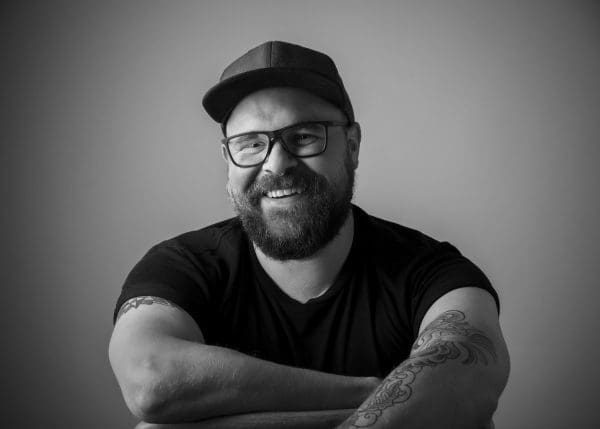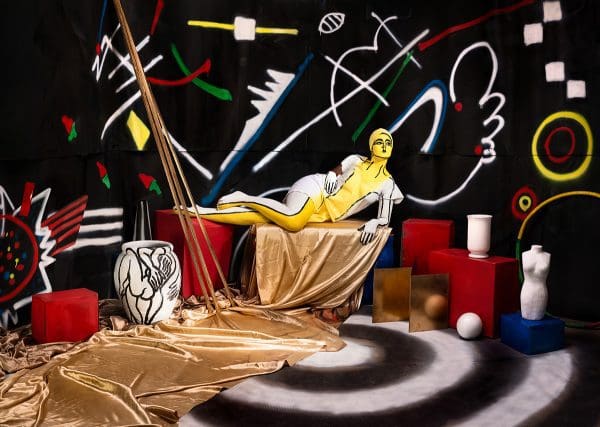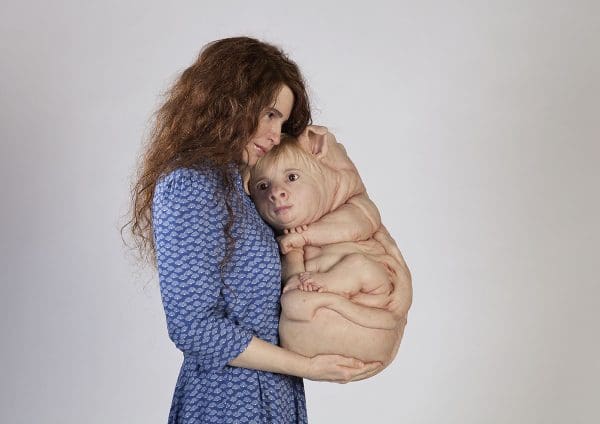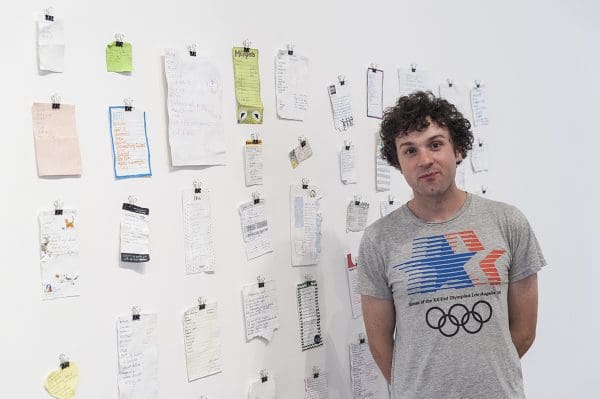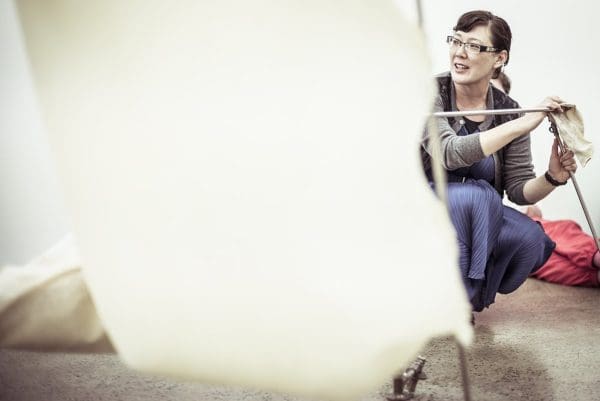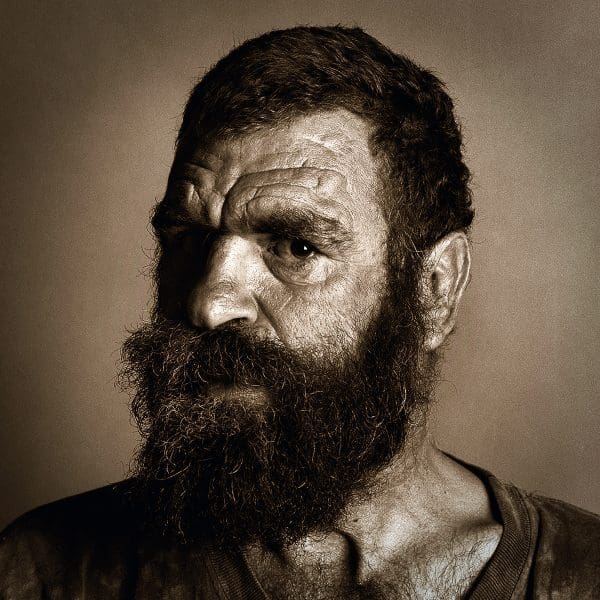
Podcast: Luke Scholes on curating, caring and collaborating
When Luke Scholes talks about being a curator, he turns toward the origins of his role: he discusses how curating means to be ‘a carer of things’.
When Luke Scholes talks about being a curator, he turns toward the origins of his role: he discusses how curating means to be ‘a carer of things’.
In this latest Art Guide podcast, Glenn Iseger-Pilkington, a Yamatji Nyoongar man from Western Australia with Dutch and Scottish migrant history, talks about his curatorial and consultancy roles. But he’s careful to point out that he sees himself less as a voice of authority and more as a conduit.
In many of Georgina Cue’s photographs, the artist lies in a staged setting. She is surrounded by makeshift objects and structures, which are overloaded with a series of diverging allusions.
Piccinini’s work is inspired by research into genetic technologies, from gene splicing and IVF in the 1990s, through to recent advancements in genetic coding.
Kenny Pittock’s work seems relatable and commands us to look at the minutiae of every life. In the latest episode of our conversation series he talks about the organic use of humour in his work, while also touching upon his upcoming drawing residency at Deakin University Art Gallery.
The work of artist Fayen d’Evie prompts us to consider how we encounter, describe, understand and create art.
For Simone Slee the perfect sculpture is the sculpture that ‘fails’. These failures come in many guises; sometimes her works are left to the fallibility of humans, cucumbers and rocks.
Ricky Maynard isn’t solely interested in creating great pieces of art. Instead Maynard aims for what he calls “great pieces of evidence.”
Even though Chinese-Australian artist Lindy Lee has changed and refined her art practice over time there are certain themes that continually pervade her work. [+ Podcast]
